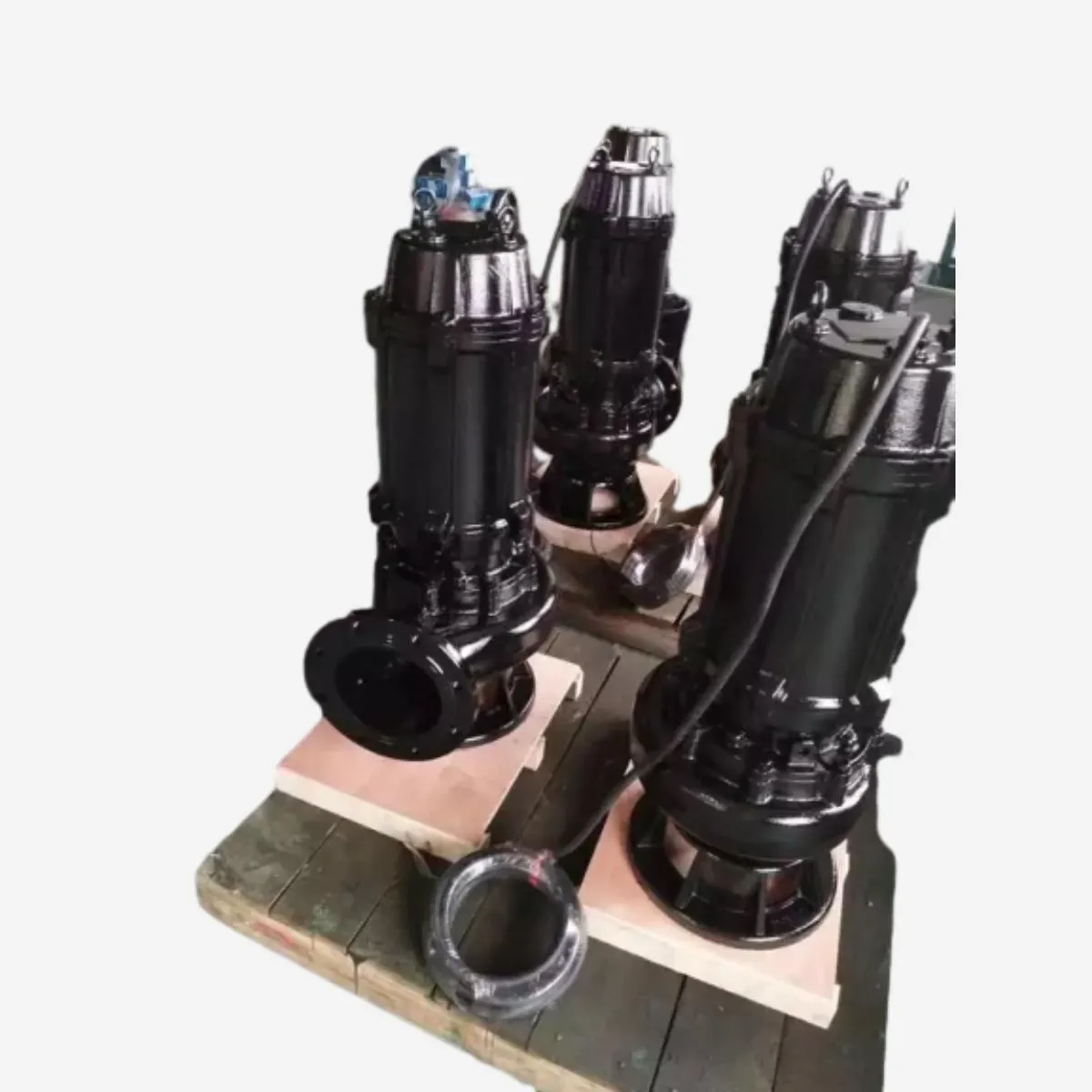Arabic
- Afrikaans
- Albanian
- Amharic
- Arabic
- Armenian
- Azerbaijani
- Basque
- Belarusian
- Bengali
- Bosnian
- Bulgarian
- Catalan
- Cebuano
- Corsican
- Croatian
- Czech
- Danish
- Dutch
- English
- Esperanto
- Estonian
- Finnish
- French
- Frisian
- Galician
- Georgian
- German
- Greek
- Gujarati
- Haitian Creole
- hausa
- hawaiian
- Hebrew
- Hindi
- Miao
- Hungarian
- Icelandic
- igbo
- Indonesian
- irish
- Italian
- Japanese
- Javanese
- Kannada
- kazakh
- Khmer
- Rwandese
- Korean
- Kurdish
- Kyrgyz
- Lao
- Latin
- Latvian
- Lithuanian
- Luxembourgish
- Macedonian
- Malgashi
- Malay
- Malayalam
- Maltese
- Maori
- Marathi
- Mongolian
- Myanmar
- Nepali
- Norwegian
- Norwegian
- Occitan
- Pashto
- Persian
- Polish
- Portuguese
- Punjabi
- Romanian
- Russian
- Samoan
- Scottish Gaelic
- Serbian
- Sesotho
- Shona
- Sindhi
- Sinhala
- Slovak
- Slovenian
- Somali
- Spanish
- Sundanese
- Swahili
- Swedish
- Tagalog
- Tajik
- Tamil
- Tatar
- Telugu
- Thai
- Turkish
- Turkmen
- Ukrainian
- Urdu
- Uighur
- Uzbek
- Vietnamese
- Welsh
- Bantu
- Yiddish
- Yoruba
- Zulu
Telephone: +86 13120555503
Email: frank@cypump.com
نوفمبر . 13, 2024 10:52 Back to list
sewage ejection pump
Understanding Sewage Ejection Pumps A Critical Component of Wastewater Management
Sewage ejection pumps, often simply referred to as sewage pumps, play a crucial role in effective wastewater management systems. They are specifically designed to transport sewage and wastewater from lower elevations to higher ones, enabling the efficient movement of waste to treatment facilities. This article delves into the importance of sewage ejection pumps, their working mechanism, and their applications.
The Importance of Sewage Ejection Pumps
Sewage ejection pumps are essential in situations where gravity alone is insufficient to move wastewater effectively. For example, in basements or lower-level bathrooms where plumbing fixtures are below the main sewage line, these pumps are vital. They prevent sewage backups, protect buildings from water damage, and ensure that wastewater is properly directed for treatment. By maintaining a functional sewage disposal system, these pumps are instrumental in promoting public health and hygiene.
How Sewage Ejection Pumps Work
The operation of a sewage ejection pump is relatively straightforward yet highly effective. These pumps typically utilize a centrifugal mechanism, which consists of an impeller that spins to create a force capable of moving liquids. The process begins when wastewater enters a holding tank known as a basin. Once the wastewater level in the basin reaches a predetermined height, a float switch activates the pump.
As the impeller starts to rotate, it generates pressure that pushes the sewage through a discharge pipe, propelling it upwards into the main sewage line. The ejection process continues until the float switch detects that the water level has dropped to a safe level, at which point the pump shuts off until more sewage is collected in the basin.
Types of Sewage Ejection Pumps
sewage ejection pump

There are several types of sewage ejection pumps available, each designed for specific applications. The most common types include
1. Submersible Sewage Pumps These pumps are submerged directly in the wastewater, making them ideal for basement installations. They can handle solids and debris effectively.
2. Self-Priming Sewage Pumps These pumps can draw liquid upwards without being submerged, making them a suitable option for above-ground installations.
3. Grinder Pumps Equipped with blades to shred waste materials, grinder pumps can handle tougher solid waste and are particularly useful in residential areas.
Applications of Sewage Ejection Pumps
Sewage ejection pumps are widely utilized in various settings, including residential homes, commercial buildings, and municipal wastewater systems. They are commonly found in locations with challenging plumbing layouts, ensuring that facilities remain operational even under difficult conditions. Additionally, they serve critical roles in construction projects, portable toilets, and areas where traditional gravity-based systems are unfeasible.
Conclusion
In summary, sewage ejection pumps are indispensable tools in modern sanitation and wastewater management. They not only facilitate the efficient transportation of sewage to treatment facilities but also help maintain hygiene standards in our living environments. Understanding their mechanics and applications is essential for homeowners and facility managers alike, ensuring we effectively manage our waste and protect public health.
-
High-Performance Air Pumps for Sand & Gravel | Efficient Transport
NewsAug.03,2025
-
ISG Series Vertical Pipeline Pump - Chi Yuan Pumps Co., LTD.|Energy Efficiency, Corrosion Resistance
NewsAug.03,2025
-
ISG Series Pipeline Pump - Chi Yuan Pumps | Energy Efficiency&Compact Design
NewsAug.03,2025
-
ISG Series Vertical Pipeline Pump - Chi Yuan Pumps Co., LTD.|High Efficiency, Low Noise, Durable
NewsAug.02,2025
-
ISG Series Vertical Pipeline Pump - Chi Yuan Pumps | High Efficiency, Low Noise
NewsAug.02,2025
-
ISG Series Vertical Pipeline Pump- Chi Yuan Pumps Co., LTD.|High Efficiency&Compact Design
NewsAug.02,2025










